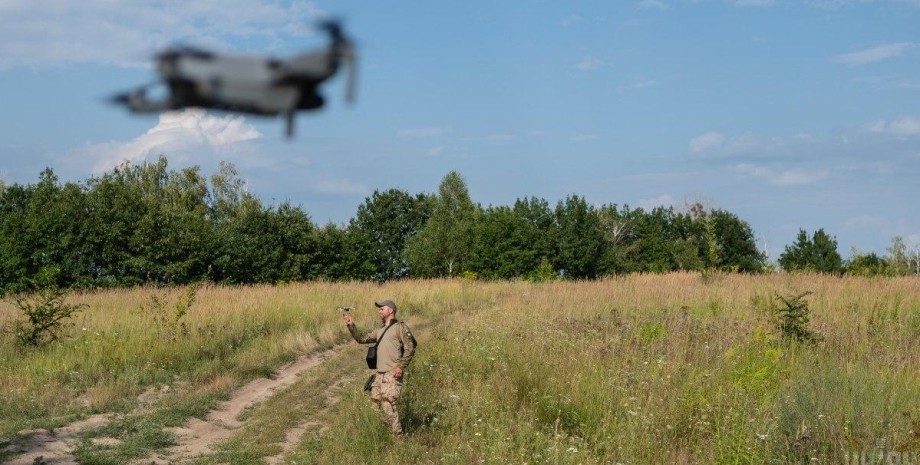
 By Victor Duda
By Victor Duda
As a rule, small drones are controlled by the manual controller directly, and they only fly for a limited distance. Drones have more fuel, they are controlled by either with satellites, or they are pre -programmed and are able to work with greater autonomy. Larger systems are completed with different sensors, transmitters and explosives. However, most of these systems still operate at relatively low speeds, on a propeller thrust, not a jet engine.
And so they are relatively vulnerable - they are easy to knock down from the ground, and the greater the drone, the more noticeable it is. Moscow from the border with Ukraine is separated by 850 km - the shortest distance (air). UAV routes can be programmed in advance, and the hilly landscape on the way to the goal will hide drone from radars. Even modern military radars cannot see through the mountains.
According to the expert, it is advisable to carry out attacks in the morning and using several drones to increase the likelihood of mission success. The technology of comparison of the terrain provides greater autonomy of the unmanned system than the drones that are controlled by GPS, which is easy to sink. Ukrainian blows to Moscow are primarily designed for psychological effect, says Sean Bell. Even if the drone does not reach the intended goal, the strategic effect is often desirable.
According to him, President of Ukraine Volodymyr Zelensky intends to increase the concern of the Russian public that Vladimir Putin is unable to protect the population from the consequences of war in Ukraine. This may not be crucial in hostilities, but with all that will undermine the trust in the Russian president.



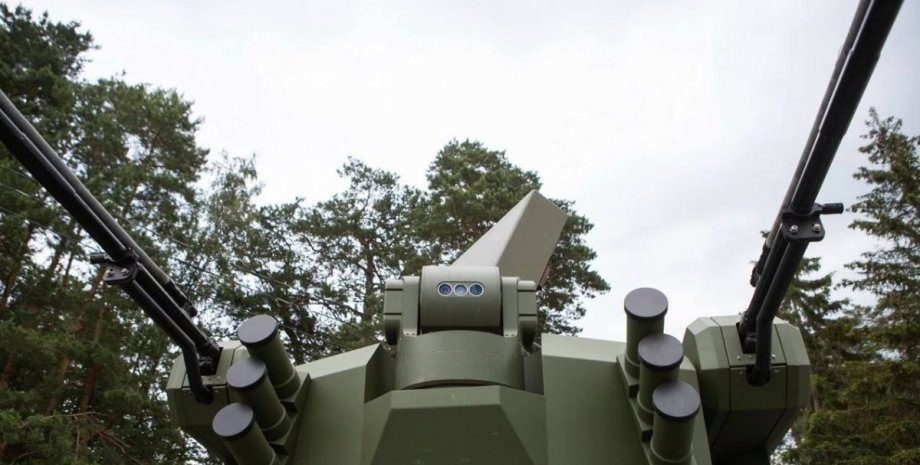
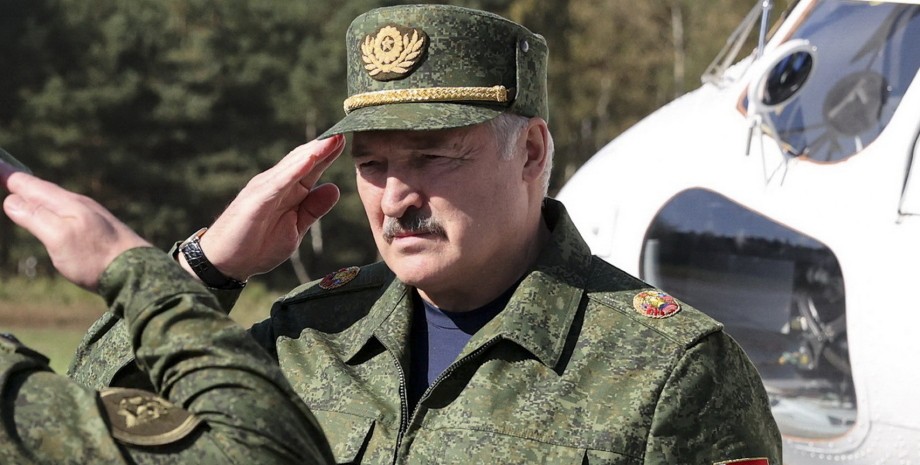
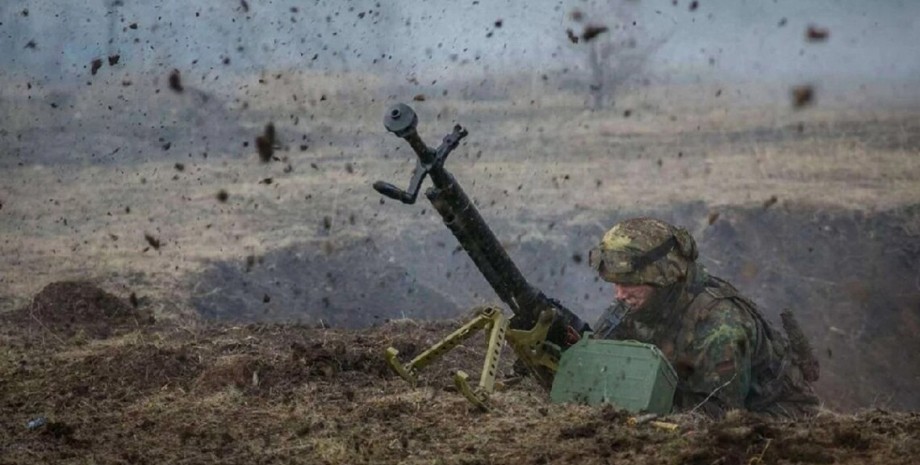

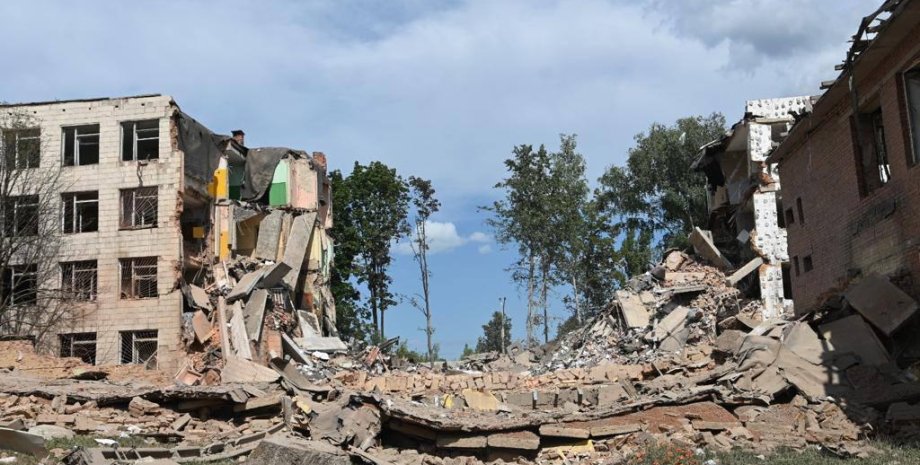
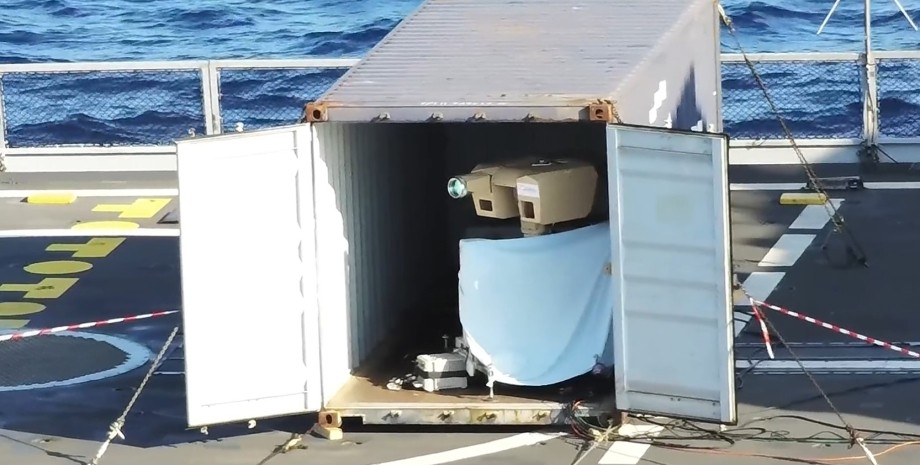
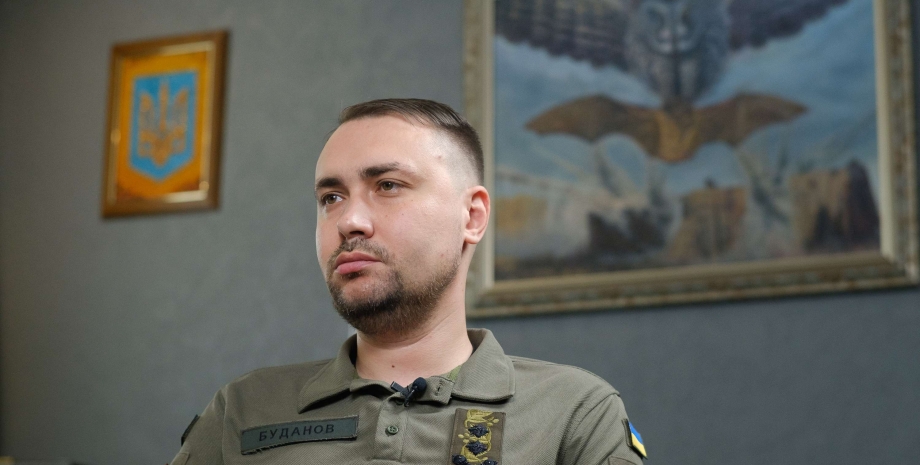
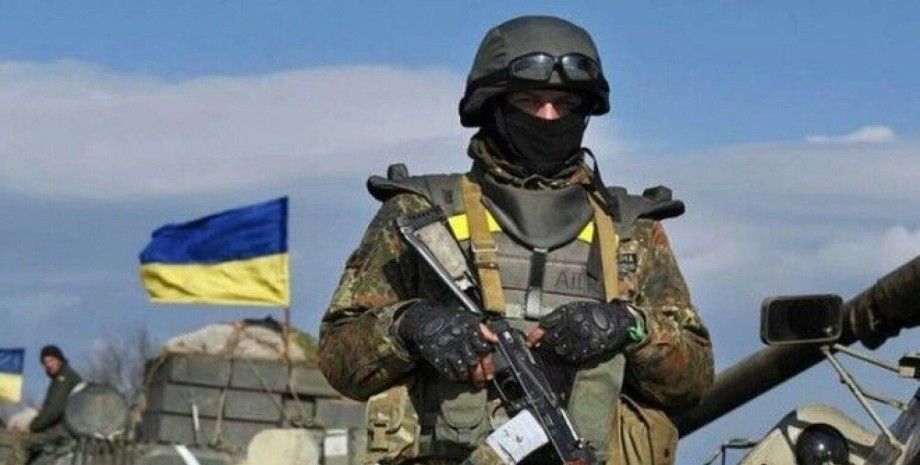
All rights reserved IN-Ukraine.info - 2022